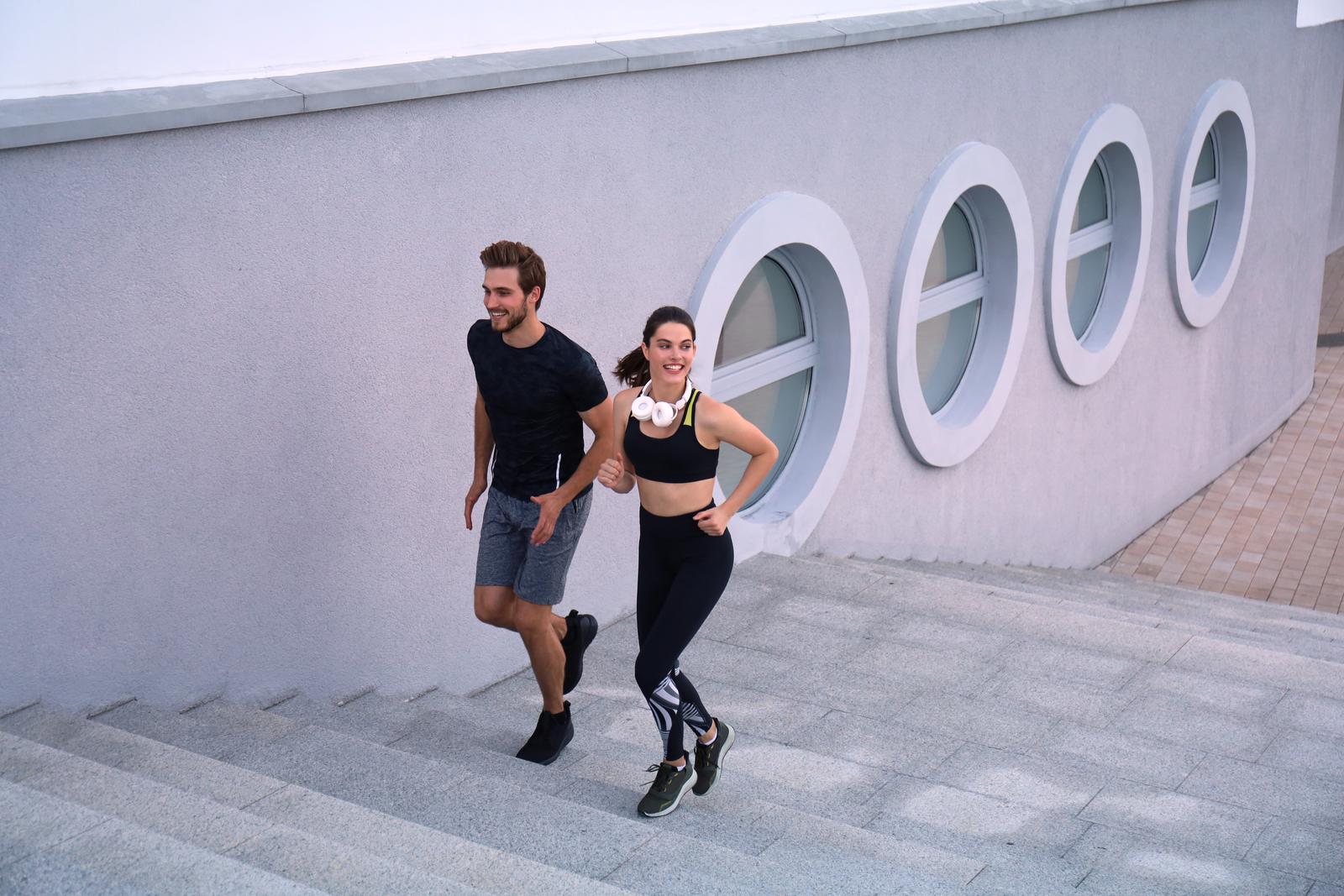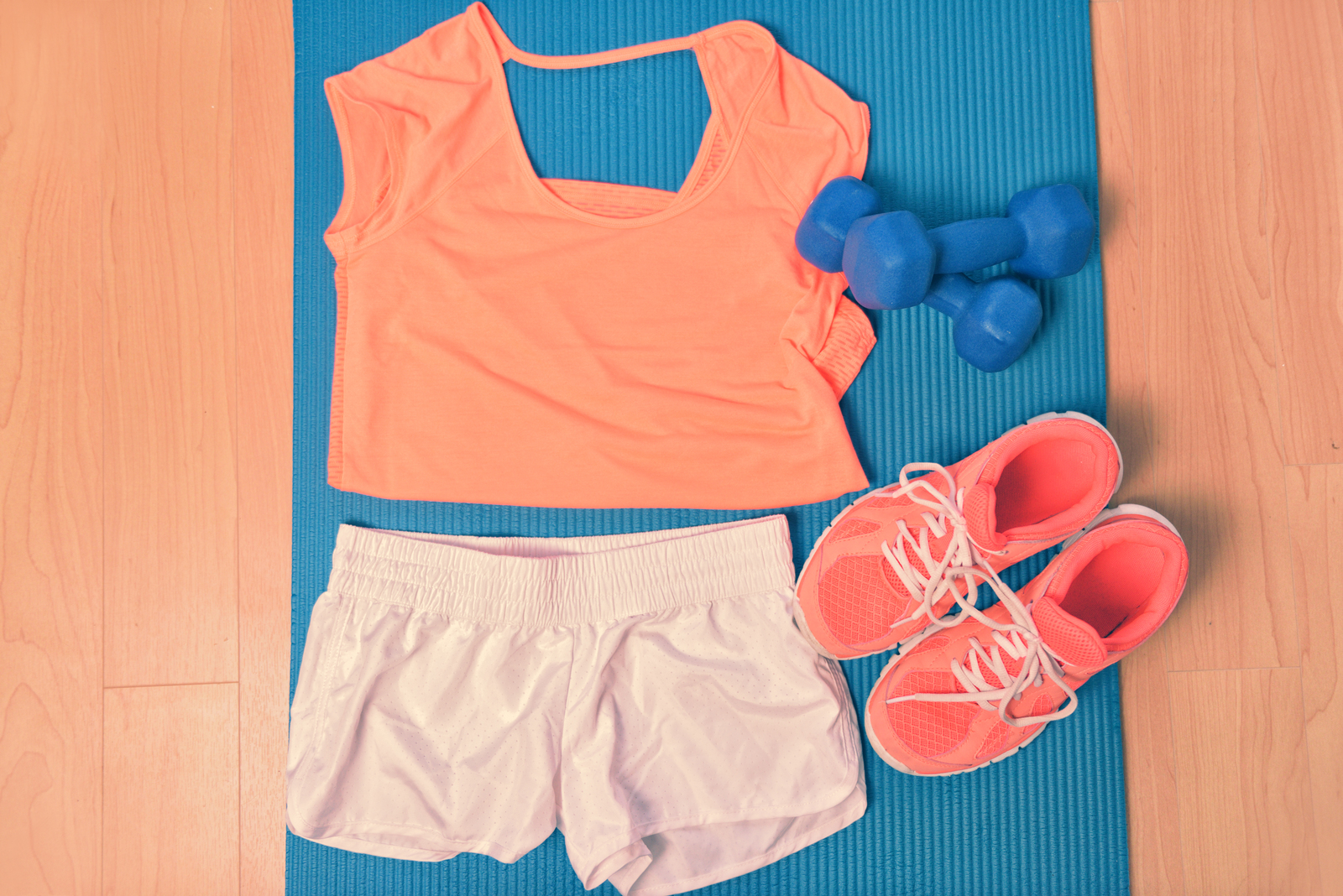
Running Shoes for Different Running Conditions: De Beste Hardloopschoenen
Finding the perfect running shoe can be overwhelming with so many options available. Whether you’re a seasoned runner or just starting, having the right pair of shoes can make all the difference. We’ve compiled a list of the best running shoes for various conditions to help you make an informed choice.
Beste Hardloopschoenen
Running shoes have come a long way with new features like carbon rubber, extra cushioning through FF Blast Plus foam, and decoupled midsoles. With so many advancements, it’s often hard to keep up with the latest technologies. That’s why we’ve put together this guide to highlight the best shoes of 2024. Here, you’ll find everything you need to know to make the right choice for your needs.
Why the Right Shoe Matters
Before we dive into the list, let’s discuss why selecting the right footwear is crucial. The right pair can help prevent injuries, improve your efficiency, and provide the comfort you need for both short and long distances. Consider your foot type, style, and the surfaces you traverse when choosing a shoe.
Best Shoes for Different Conditions
Finding the perfect shoes can make all the difference in your performance and comfort. Whether you’re training for a marathon or enjoying a casual jog, the right pair can help you tackle various conditions with ease. Here are our top picks for the best footwear tailored to different needs.
1. ASICS GEL-CUMULUS 25 (Best Overall Running Shoe)
- Key Features:
- Pure-GEL technology for softer landings
- FF BLAST PLUS cushioning for powerful take-offs
- Durable outsole for extended use
If you’re looking for an all-rounder, the ASICS GEL-CUMULUS 25 is your go-to. It’s designed to offer a softer landing and more powerful take-offs, making it ideal for daily runs.
2. Saucony Triumph (Best for Daily Training)
- Key Features:
- Improved fit and comfort
- Excellent cushioning
Saucony Triumph shoes are perfect for daily training. They offer great comfort and cushioning, making them suitable for simple day-to-day runs.
3. HOKA Mach 5 (Best Lightweight Shoe)
- Key Features:
- Profly+ midsole foam for high energy return
- Comfortable lacing system
For those who prefer lighter footwear, the HOKA Mach 5 is an excellent choice. It’s designed to provide high energy return, making it ideal for faster training sessions.
4. Nike Vaporfly 3 (Best for Long Distances)
- Key Features:
- Enhanced outsole for durability
- Lightweight tongue padding
- Flexible grooves for better grip
The Nike Vaporfly 3 is a favorite among long-distance runners. Its durable outsole and flexible grooves provide excellent grip, making it suitable for various surfaces.
5. Decathlon Kiprun KS900 (Best Budget-Friendly Option)
- Key Features:
- Soft, reactive midsole
- Versatile enough for training and marathons
- Affordable price
The Kiprun KS900 from Decathlon offers great value for money. It’s versatile enough for both training and marathon running, all at an affordable price.
6. Brooks Ghost (Best for Beginners)
- Key Features:
- DNA Loft v2 midsole for softer, lighter feel
The Brooks Ghost series has been a reliable choice for over a decade. The new DNA Loft v2 midsole makes it softer and lighter, perfect for beginners.
7. Altra Lone Peak 7 (Best for Trail Running)
- Key Features:
- Fantastic grip on various surfaces
- Adequate cushioning for comfort
The Altra Lone Peak 7 is built to handle tough terrains. It offers excellent grip and enough cushioning for a comfortable trail run.
Tips for Choosing the Right Footwear for Exercise
Here are some tips to help you pick the best pair for your activities:
Know Your Foot Type
Understanding your foot type, whether it’s neutral, overpronation, or underpronation, is crucial for selecting the right option. Each type has specific needs for support and cushioning, significantly impacting your performance and comfort. By identifying your foot type, you can make an informed decision that enhances your experience.
Consider Your Surface
Different types of footwear are engineered for specific surfaces, such as roads, trails, and tracks. Choosing a model that matches your environment can improve traction and stability, reducing the risk of injury. Always consider where you plan to do most of your exercises to find the perfect match for your activities.
Try Before You Buy
It’s essential to try on your selection before making a purchase to ensure the best fit possible. If the store allows, take a few laps or a quick jog to test their comfort and responsiveness. Remember, comfort is key; a good pair should feel like an extension of your feet.
Using the Best Options in Different Conditions
To maintain performance and comfort, it’s important to understand how to effectively use your footwear according to the specific conditions you’ll face. Here are some tips for maximizing the benefits in various scenarios:
Rainy Weather
In wet conditions, opt for options with water-resistant features and good traction. Ensure they have a durable outsole to handle slippery surfaces, reducing the risk of slips and falls. Consider investing in a pair specifically designed for wet conditions.
Trail Adventures
For off-road activities, choose models that offer robust grip and stability on uneven terrains. The Altra Lone Peak 7, for example, excels in providing traction and cushioning, which is crucial when tackling rugged paths. Be mindful of the tread pattern to ensure it can handle the challenges of trail use.
Hot and Humid Conditions
In warmer weather, select lightweight and breathable options to keep your feet cool and dry. Look for models with mesh uppers to promote ventilation. You may also want to consider those that wick moisture away to help prevent blisters.
Cold and Snowy Conditions
When exercising in colder temperatures or snow, insulated and waterproof choices are essential to keep your feet warm and dry. Opt for options with excellent grip to handle icy surfaces. Adding gaiters can also help keep debris and snow from entering, enhancing your overall comfort during winter activities.
Alternate Surfaces
If you frequently switch between surfaces, consider having a dedicated pair of versatile options that can handle both effectively. Ensure that the cushioning and support align with the demands of your environment, allowing for a seamless transition between different terrains.
Conclusion
Choosing the right running shoe is a deeply personal decision that varies from runner to runner. Factors such as your individual running style, foot type, and the types of surfaces you typically run on play a significant role in this choice. Understanding these elements will help you make an informed decision and enhance your overall running experience.
When exploring the options available, it’s essential to consider the specific features that cater to your needs. For instance, if you have a neutral foot type, certain shoe designs may offer the best support and comfort for your runs. By evaluating the highlighted options and aligning them with your requirements, you’ll be well on your way to finding the perfect pair of running shoes that not only fit well but also boost your performance. Happy running!
Stay Connected for More Running Insights!
We hope you’ve found this guide helpful in your quest to find the perfect running shoe. But the journey doesn’t end here! Join our community by signing up for our newsletter, where you’ll receive more expert tips, training advice, and the latest running gear reviews delivered straight to your inbox.
By staying connected, you’ll gain access to valuable information that can enhance your running experience and help you achieve your personal best. Don’t miss out on the opportunity to elevate your runs—sign up for our newsletter today and keep pushing towards your running goals!



